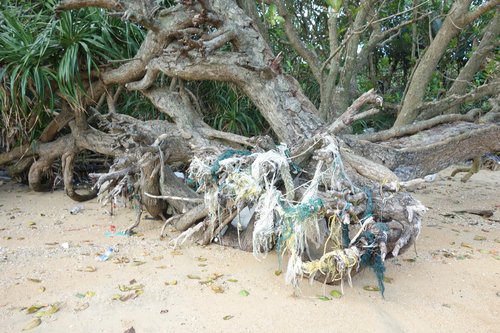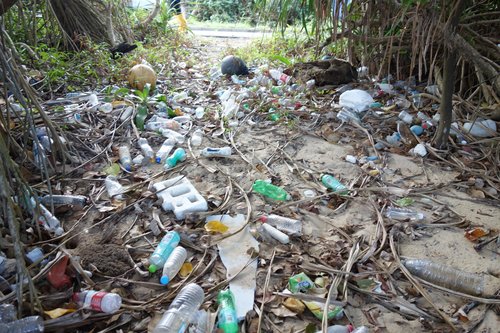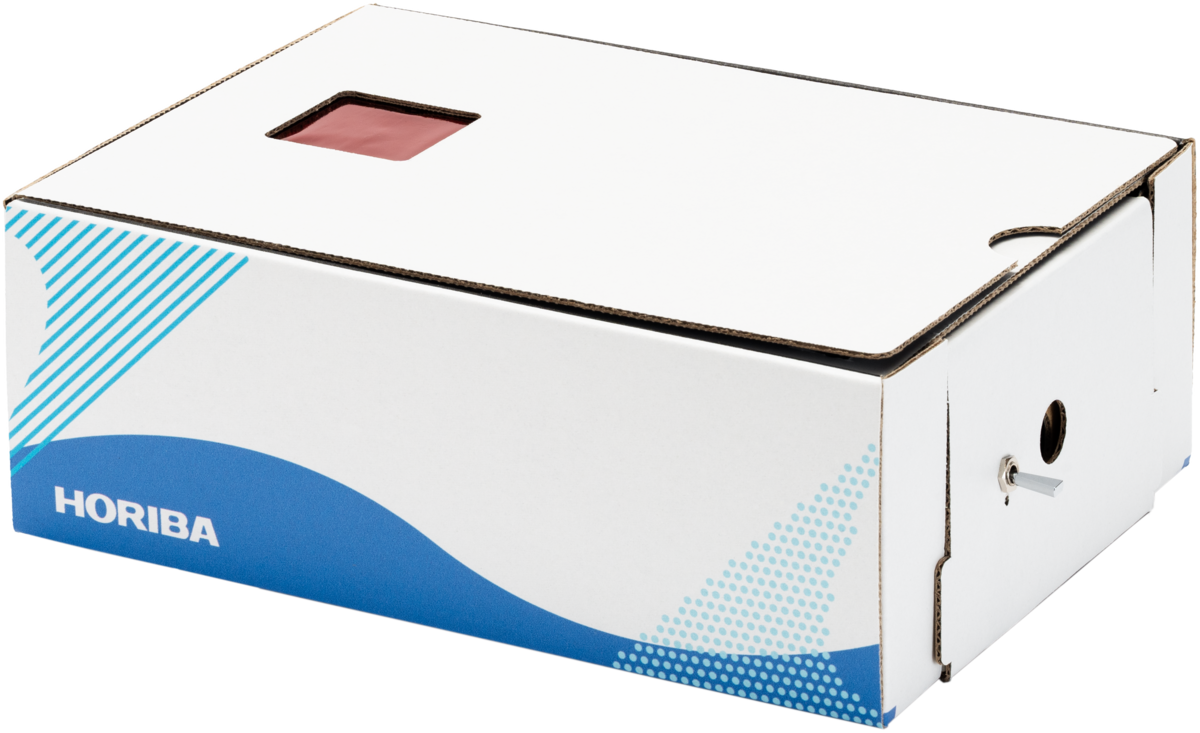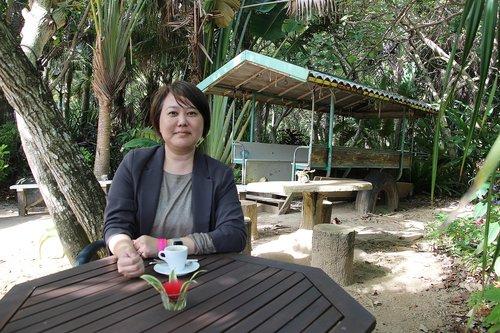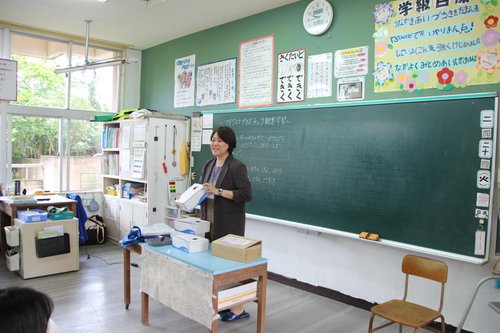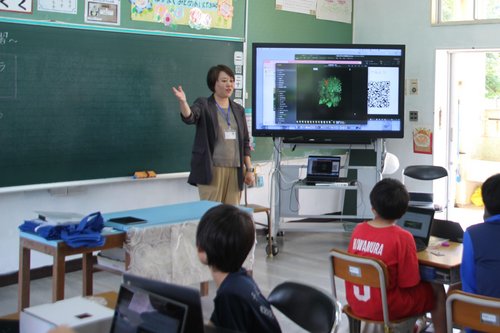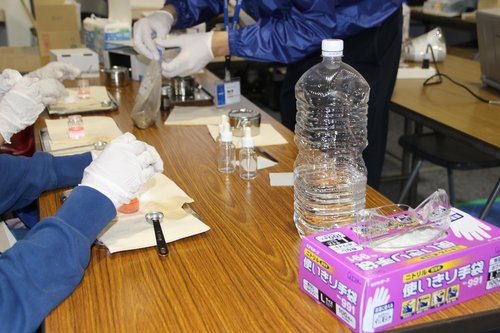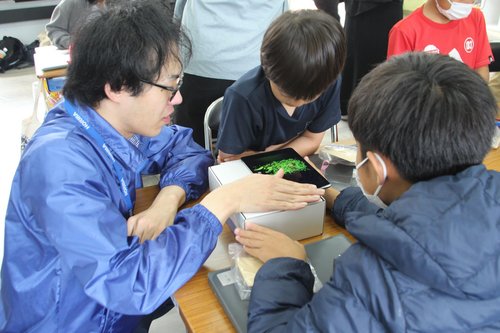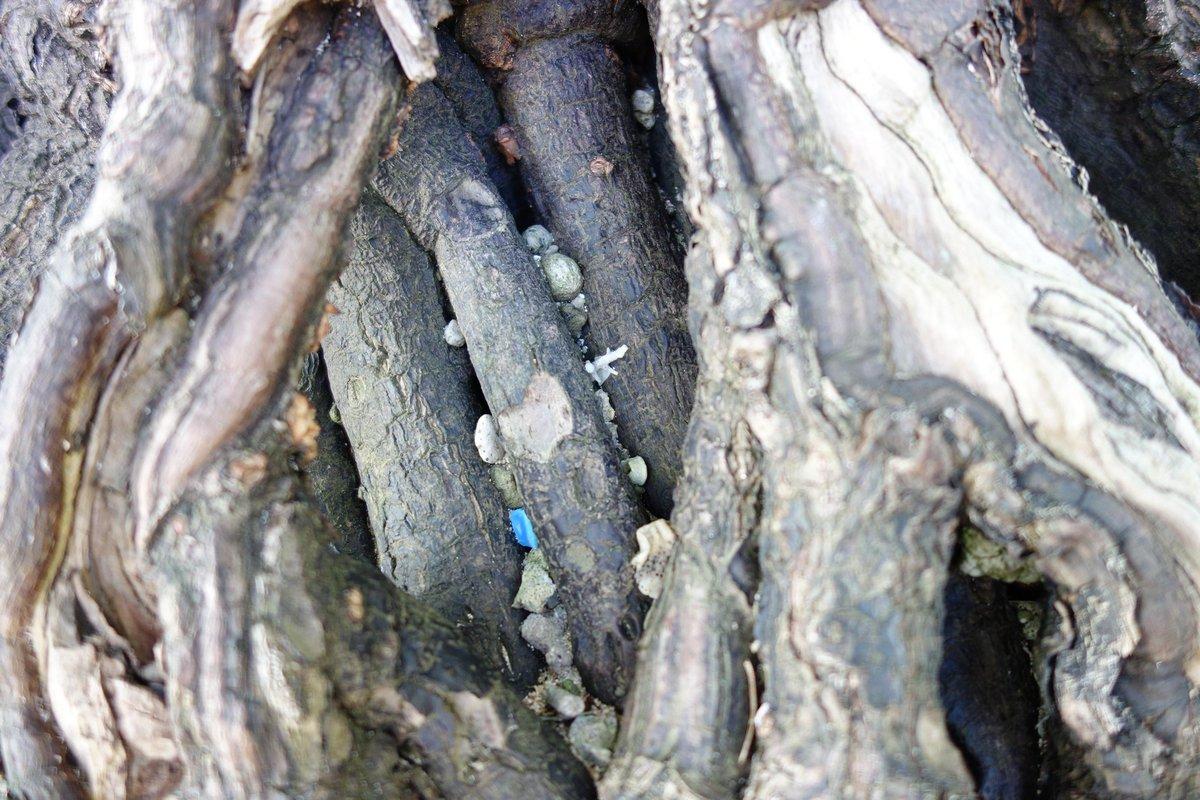
Microplastics (MPs) refer to small plastic particles, less than 5 mm in diameter . Plastic products such as plastic bottles and bags, which we regularly use, flow into rivers and oceans as litter and other waste. Sunlight and ocean waves gradually break down these plastics into smaller pieces over time, which eventually creates microplastics.
Microplastics pollute the oceans and adversely impact environments inhabited by marine life. Plastics left on the coasts and in the sea for a long period of time are gradually contaminated with harmful chemical substances that have an affinity for plastics. This interaction makes those microplastics harmful. What will happen when marine life ingests these harmful microplastics? It can not only harm fish but also indirectly impact human beings.
